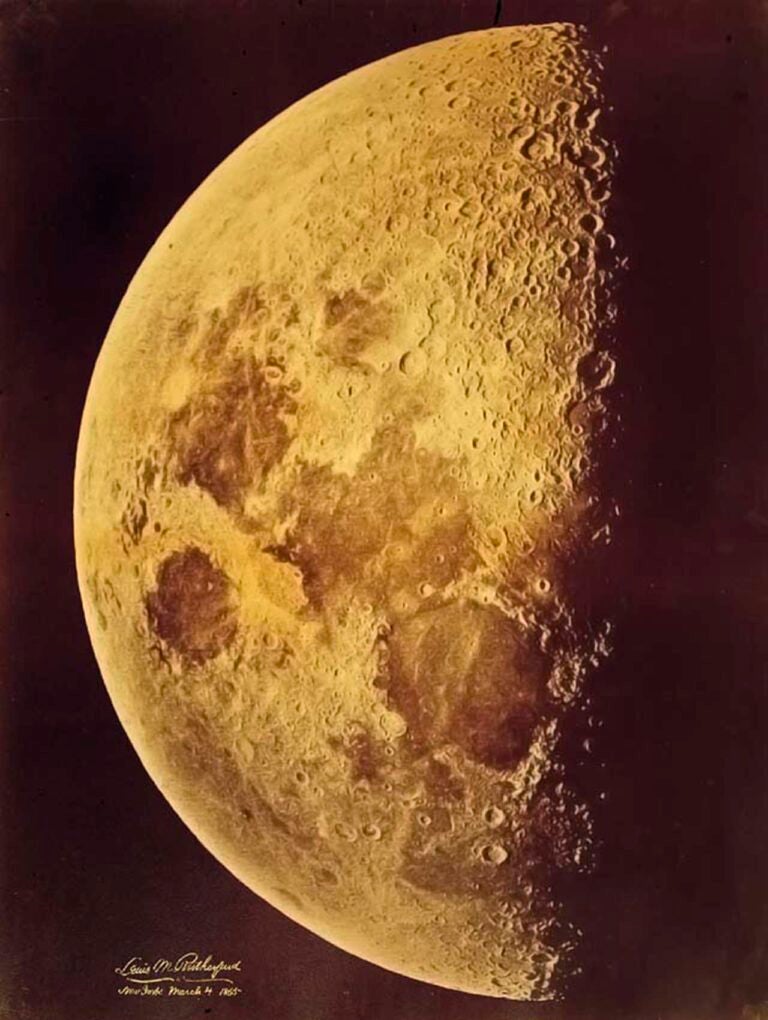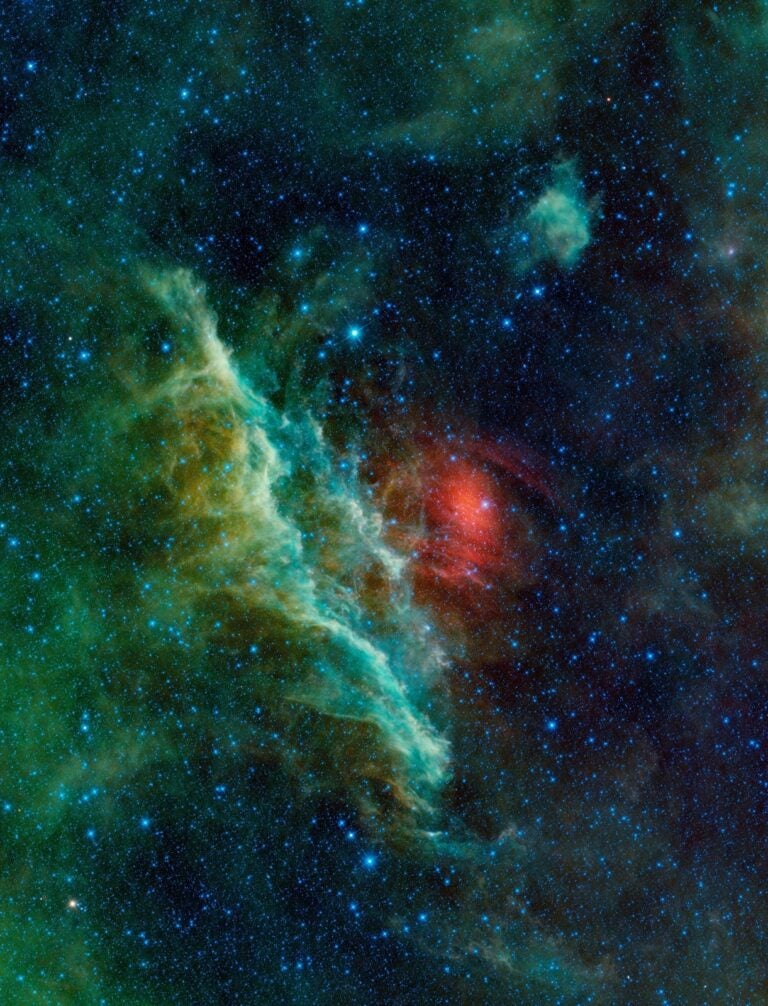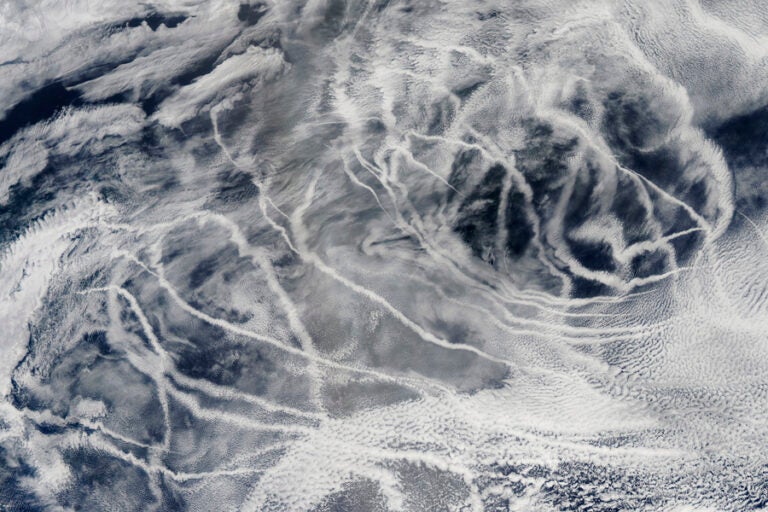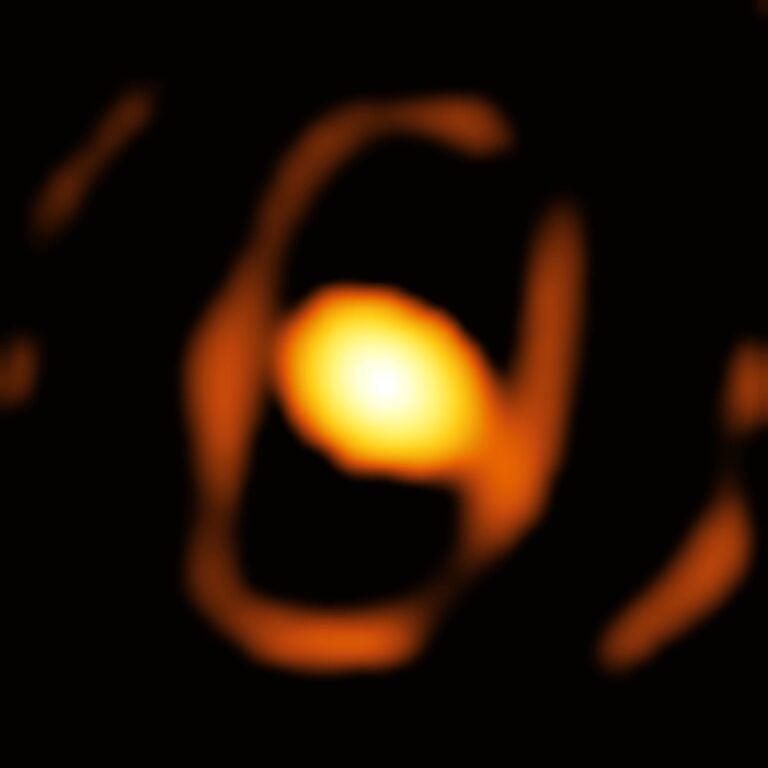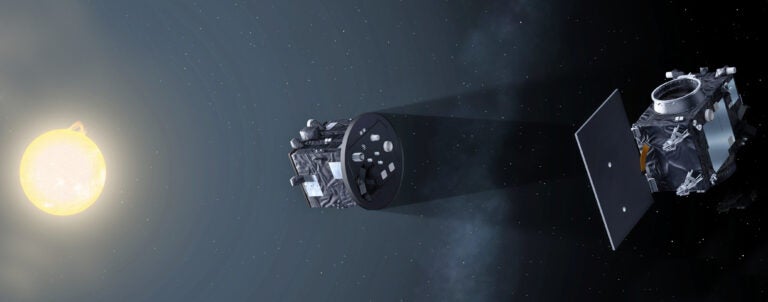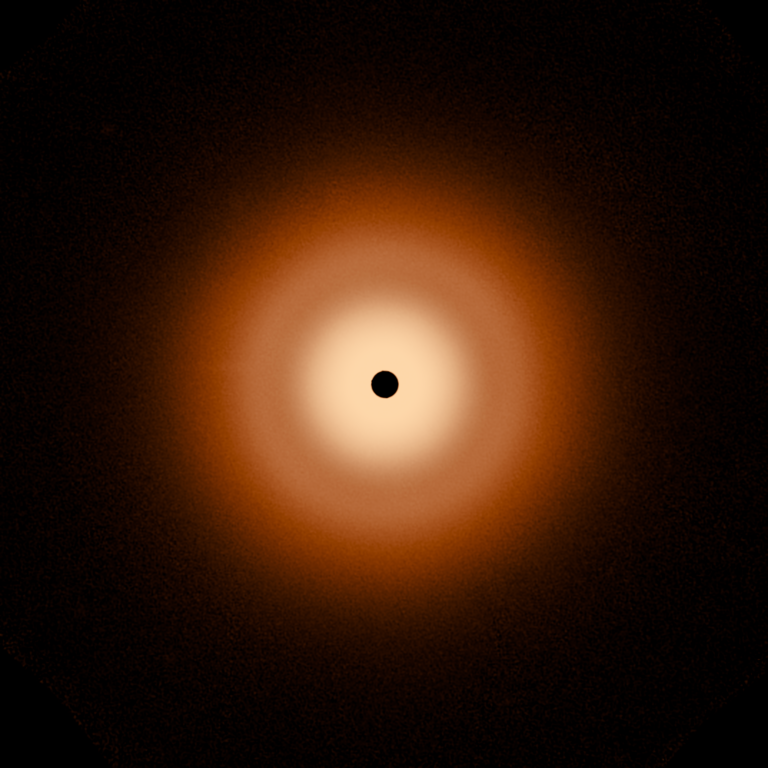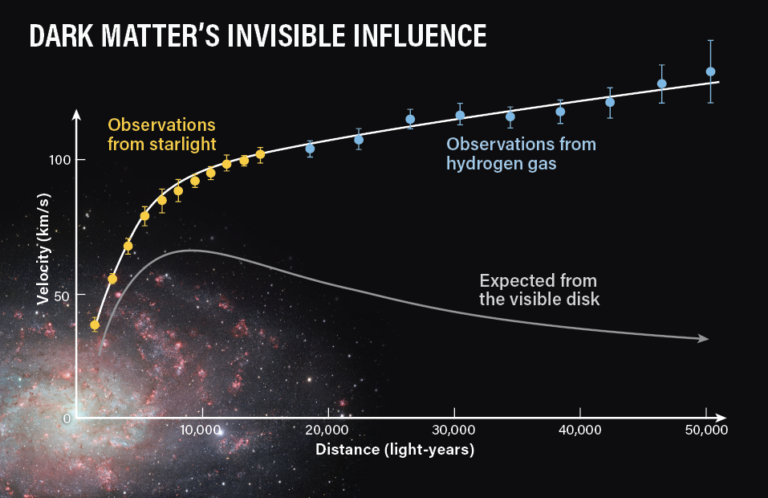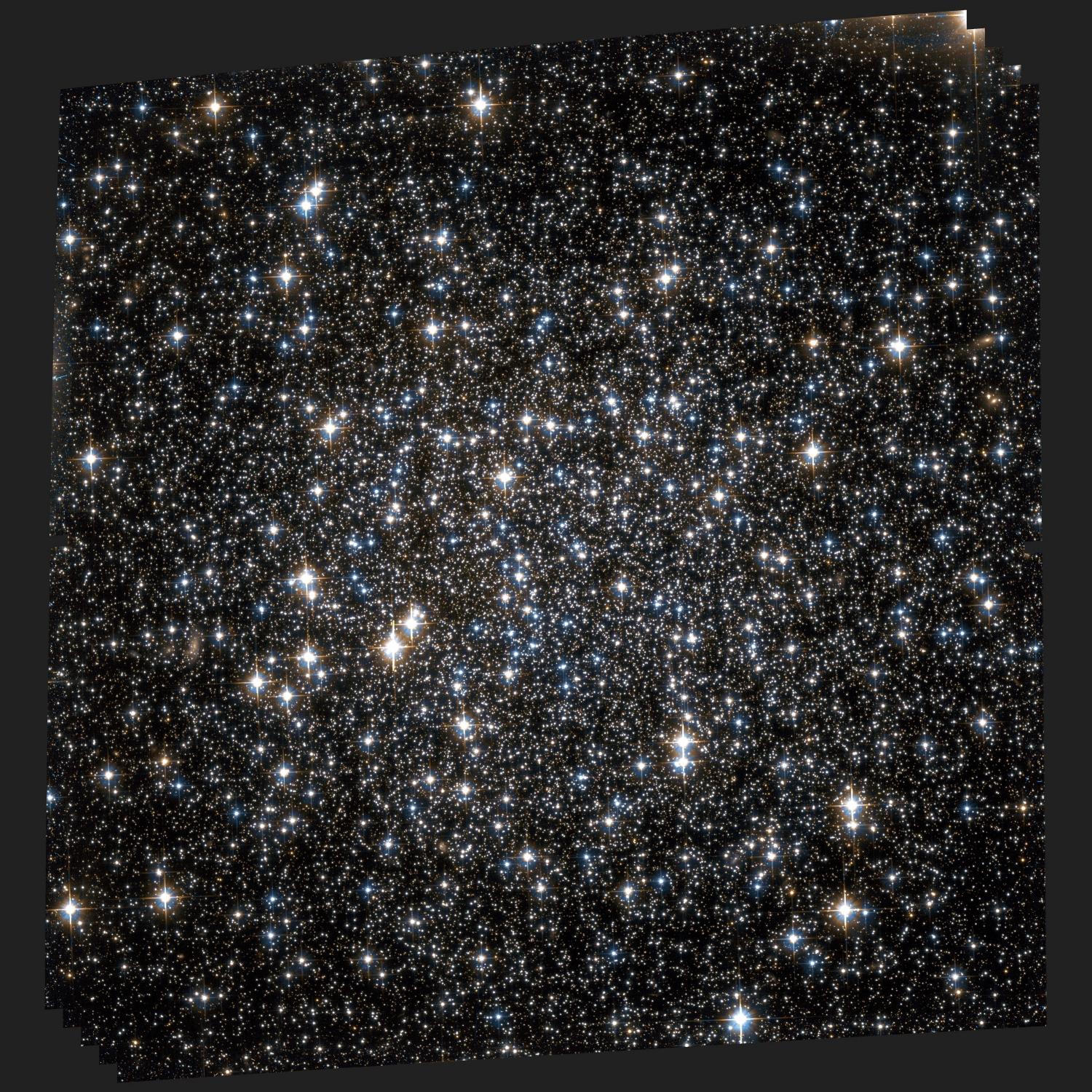
Black holes get along with each other better than expected. A team at the University of Surrey found hundreds of black holes in a large globular cluster of stars, when previously it was thought that they’d eject each other.According to computer simulations of the globular cluster, the black holes do kick each other out of the cluster eventually, but much more slowly than we thought. Although the star cluster is 13 billion years old, about 2/3 of its black holes are still calmly coexisting inside the cluster. Miklos Peuten of the University of Surrey led the study, which was published in Monthly Notices of the Royal Astronomical Society.A globular cluster is a large ball of stars that orbits the center of a galaxy. This particular cluster, NGC 6101, orbits the center of our own Milky Way galaxy, although it’s not originally from here. Like a bully, the Milky Way stole the cluster from some nearby dwarf galaxy.This cluster had several odd properties that made it worth investigating, says Peuten. The heavier and lighter stars were distributed evenly throughout the cluster, which isn’t normal-you would expect the heaviest stars to be in the center, with the lighter ones on the outside. Also, the observable stars were all located in the outer part of the cluster, Peuten says.
To investigate why this might be, Peuten’s team ran three simulations of the cluster, each taking about a month of computer time: a scenario with black holes, one with no black holes, and one with half the number of black holes.Only the black hole simulation could adequately explain the cluster’s quirks. The observable stars were on the outside because “the black holes go into the center and they push out every star which we can observe,” says Peuten.Next, Peuten is interested in finding the velocities of stars in the cluster, which will provide more information about just how many black holes it contains and how massive they are. He’d like to look for other globular clusters that were stolen from other galaxies-called accreted clusters-that might also host lots of black holes.The cluster could be a good gravitational wave source as LIGO continues to look for the ripples in space-time. So far, LIGO has observed gravitational waves thrown off when black holes collide, and with so many black holes, the globular cluster might be a good place to look for more collisions. It’s not a question whether black holes in globular clusters like this could create gravitational waves, Peuten says, but more a question of how much and how often. “This cluster will be a perfect target for such research,” Peuten says.


